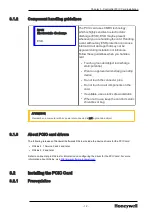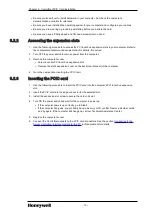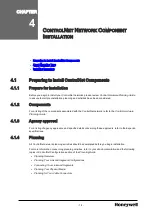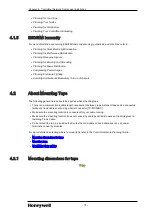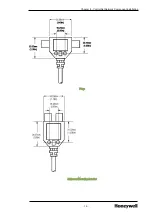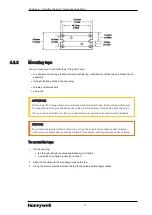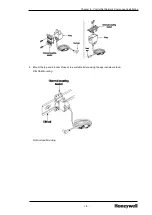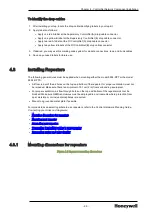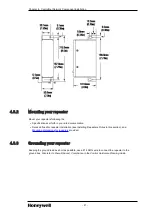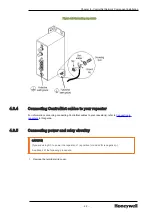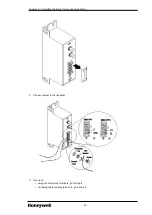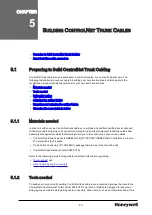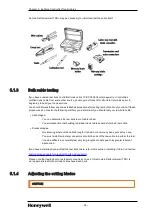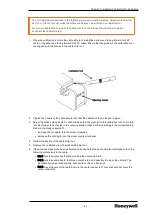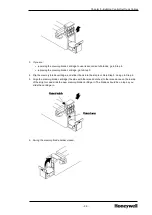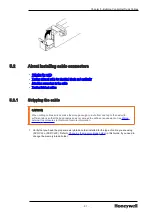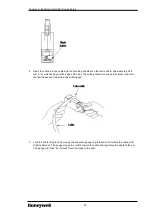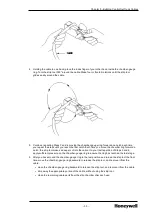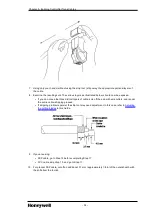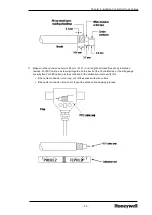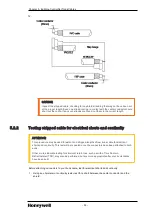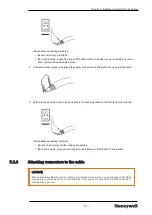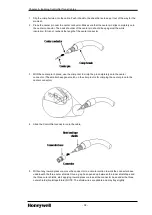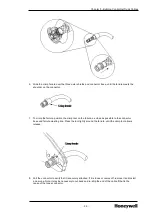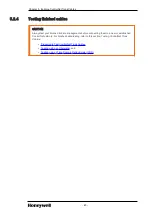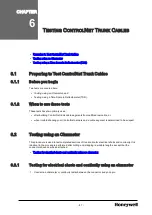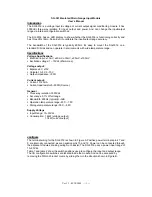
Domain Reflectometer (TDR), may be necessary to install and test the cable itself.
5.1.3
Bulk cable testing
If you have ordered raw bulk ControlNet trunk cable TC-KCC900 from Honeywell, or ControlNet-
certified trunk cable from some other source, you may want to test it for structural return loss prior to
beginning to build your trunk sections.
You should always follow any pre-established procedures for testing raw bulk cable at your site. If these
procedures do not exist, the following will help you determine if you should test your raw bulk cable:
l
Advantages-
o
You can determine if a raw bulk reel of cable is bad.
o
You minimize time lost building individual trunk cable sections from bad raw cable.
l
Disadvantages-
o
Not knowing where in the cable's length it is bad, nor how many bad spots it may have.
o
You must install temporary connectors onto both ends of the raw cable to perform the test.
o
It can be difficult to accurately test very long lengths of cable due to its greater inherent
attenuation.
If you have determined you will test the raw bulk cable, refer to this section,
Installing Cable Connectors,
Testing stripped cable for electrical shorts and continuity
Please note that testing by more elaborate means, such as a Time Domain Reflectometer (TDR), is
more appropriate after your trunk cables have been built.
5.1.4
Adjusting the cutting blades
CAUTION
- 26 -
Chapter 5 - Building ControlNet Trunk Cables

